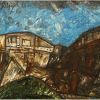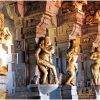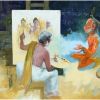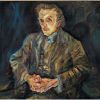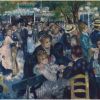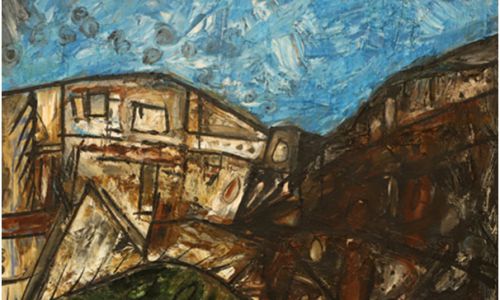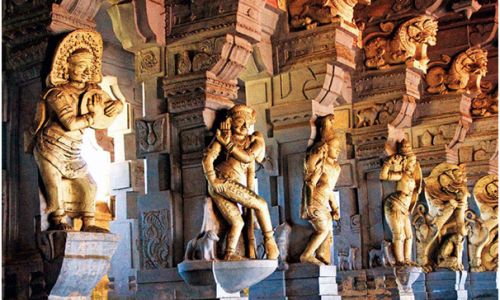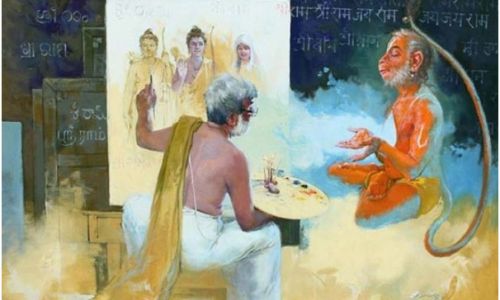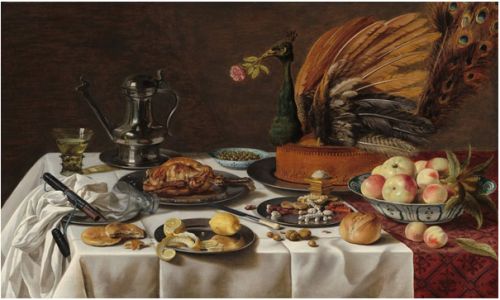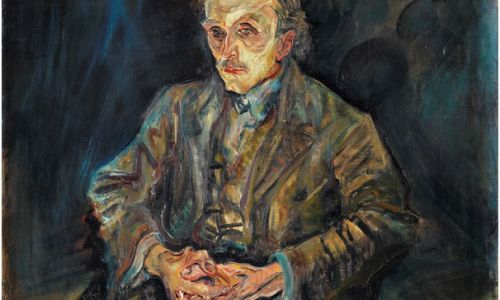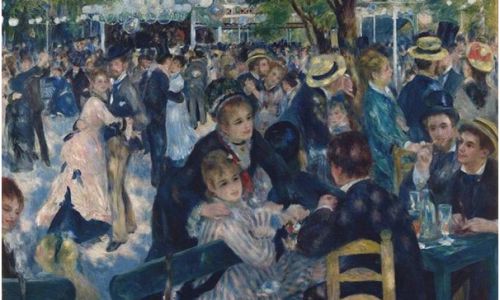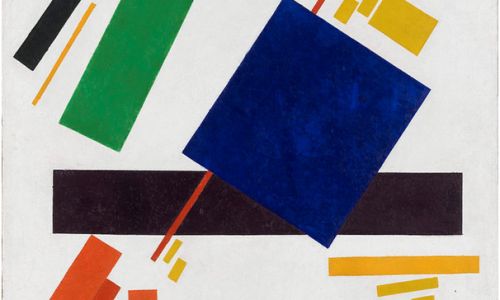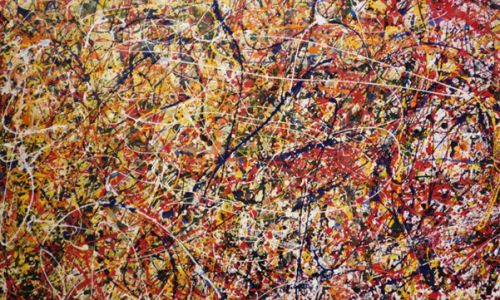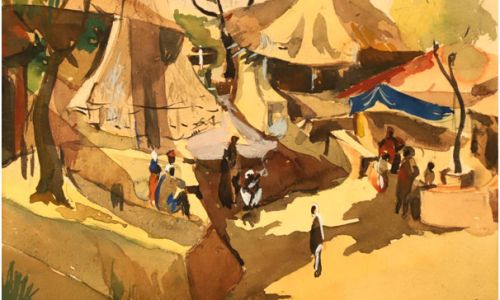Surrealism

Surrealism is often considered both a literary and revolutionary art movement founded by Andre Breton in the early 1920s. Its genesis and idea is lucidly explained in his seminal work Manifestoes of Surrealism. As an art form, surrealism tried to focus more on the irrational and subconscious mind . And in doing so it seek divergence from traditional art movements that relies mainly on rationality.
Movement and its practitioners were driven by the psychoanalytical writings of Sigmund Freud and Carl Gustav Jung. They all considered that and felt that unconscious mind (which expressed itself, for example, through dreams) was the source of creativity and if they unlock the power of subconscious and its psychological manifestations then they can create many more meaningful and abstract images . Some of the Key artists this movement were : André Breton, Salvador Dalí, André Masson, Rene Magritte, Joan Miró, Yves Tanguy, Max Ernst, Frida Kahlo, Diego Rivera, Meret Oppenheim, Jean Arp, Man Ray, Wifredo Lam. These artists and their iconic surrealist paintings have become not only iconic in the field of surrealism, but in art as a whole.
Prior to Surrealism’s inception, the works of Greek painter Giorgio de Chirico’s had a great and lasting influence on the surrealist movement. The Red Tower was his first painting and became one of the most iconic surrealist paintings. It left indelible mark on future generation of Surrealism’s most salient artists like Max Ernst, Salvador Dali, Rene Magritte and Yves Tanguy. They all acknowledged Chirico’s impact on their own work, particularly regarding Chirico’s use of color and composition to reflect brooding moods.
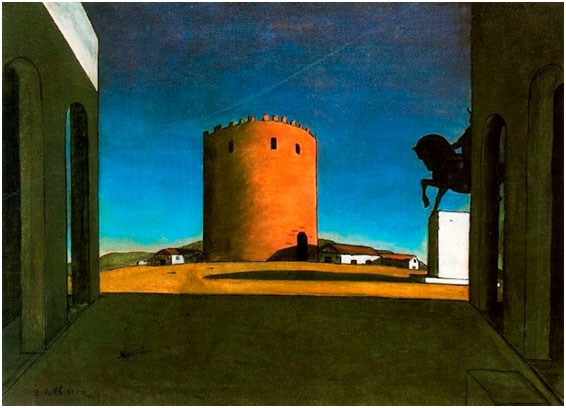
Giorgio de Chirico’s The Red Tower (1913).
Another important artist who derived inspiration from Giorgio de Chirico’s works was Max Ernst who combined the vivid dreamlike atmosphere of Surrealism with the collage aspects of Dada. This 1921 surrealist painting is among the most famous of Ernst’s earlier works and heavily mimics the style of Giorgio de Chirico. The elephant Celebes by him is an important work in this regard.

The Elephant Celebes by Max Ernst(1921)
Some of the Surrealist artists like Salvador Dalí and the Belgian painter René Magritte created hyper-realistic, dreamlike visions that are windows into a strange world beyond waking life to create such abstract works. They recognized that the representation of a thing’s actual appearance in the physical world might more effectively be conveyed best to viewer when deeper, unconscious reality reveals itself. Artists like. The Persistence of Memory by Salvador Dali and Magritte’s La Clairvoyance (1936) are prime example of those works.
On the other hand , The Persistence of Memory is Salvador Dali’s iconic ode to time. The dripping clocks in the painting reflect the inner workings of Dali’s subconscious and convey a simple (albeit complexly delivered) message: time as we know it is meaningless.
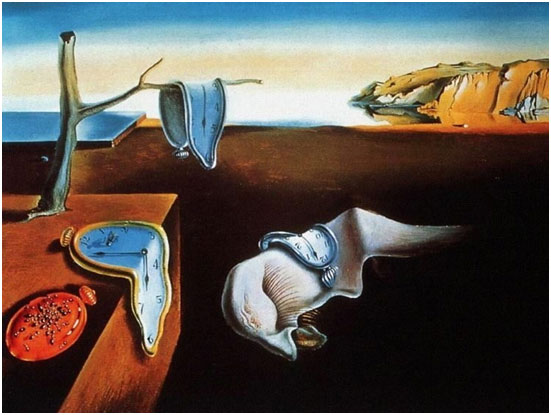
The Persistence of Memory by Salvador Dali (1931)
In the next segment we look briefly at some of the iconic paintings of Surrealist movement and try to understand the idea beneath these paintings. First in the line of these paintings is Rene Magritte’s La Clairvoyance (1936) is an iconic painting where in an artist paints a bird in flight while he looks at an egg sitting atop a table, suggests a dreamscape or a hallucinatory state.
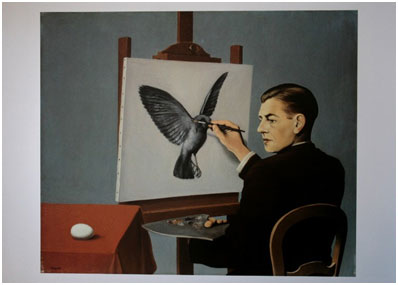
R e n e M a g r i t t e ’ s L a Clairvoyance (1936)
The Son of Man by Rene Magritte is another painting that commands our attention. Rene Magritte painted it as a self-portrait with the hope of conveying important messages about the individual.

In regard to the painting, Magritte stated that:
“Everything we see hides another thing. We always want to see what is hidden by what we see. There is an interest in that which is hidden and which the visible does not show us. This interest can take the form of a quite intense feeling, a sort of conflict, one might say, between the visible that is hidden and the visible that is present.” Another most iconic Surrealist Paintings is ‘Reply to Red’ by Yves Tanguy exemplifies more nonrepresentational surrealism and show vast, abstract landscapes yet utilize a minimal amount of colours.

Yves Tanguy’s ‘Reply to Red’ (1943)
Surrealism in the Americas
Post-World War I period that saw the rise of Fascism and Nazism. By 1937, most of the major figures of Surrealism movement had been forced to leave Europe to escape Nazi
persecution. The emigration of Surrealists to various sites of refuge during World War II did, however, spread the movement’s influence across the Atlantic, where it would take firm root in the Americas. In Latin America, Surrealism found its voice in the work of artists like Frida Kahlo whose highly personal artistic style paralleled aspects of Surrealism without owing it any specific intellectual debt.
In Arbol de la Esperanza (1946), which translates to “Tree of Hope,” Kahlo doesn’t depict an actual tree, but rather a dual self-portrait set in an unfamiliar landscape, a tableau that suggests both the 1925 bus accident that rendered her infertile, and the possibility of renewal. While its depiction of fantastic subject matter is reminiscent of works by Magritte or Dalí, Kahlo’s painting celebrates the everyday artistry of traditional Mexican ex voto painting.

Frido Kahlo’s Tree of Hope (1946)
The psychological and mythological underpinnings of Surrealism also enabled non- European artists—like Wifredo Lam, a painter of Afro-Cuban and Chinese descent who studied in Madrid and Paris in the 1920s and ’30s—to delve into the native traditions of their own countries.
To conclude; Surrealism and its artists were not only confined to just visual arts . They continue to leave their impressions on Sculptures, painting, lithography, etching, film, photography. The best example of surrealism in cinema, Luis Buñuel made waves with his Surrealist films like Un Chien Andalou (1929, made with Salvador Dalí). Surrealism is considered to have ended with the death of André Breton in 1966. However, the movement continues to inspire countless contemporary artists today. Artists like David Lynch, Julie Curtiss and Mary Reid Kelley, to name but a few, work with a great deal of Surrealist imagery and techniques.



